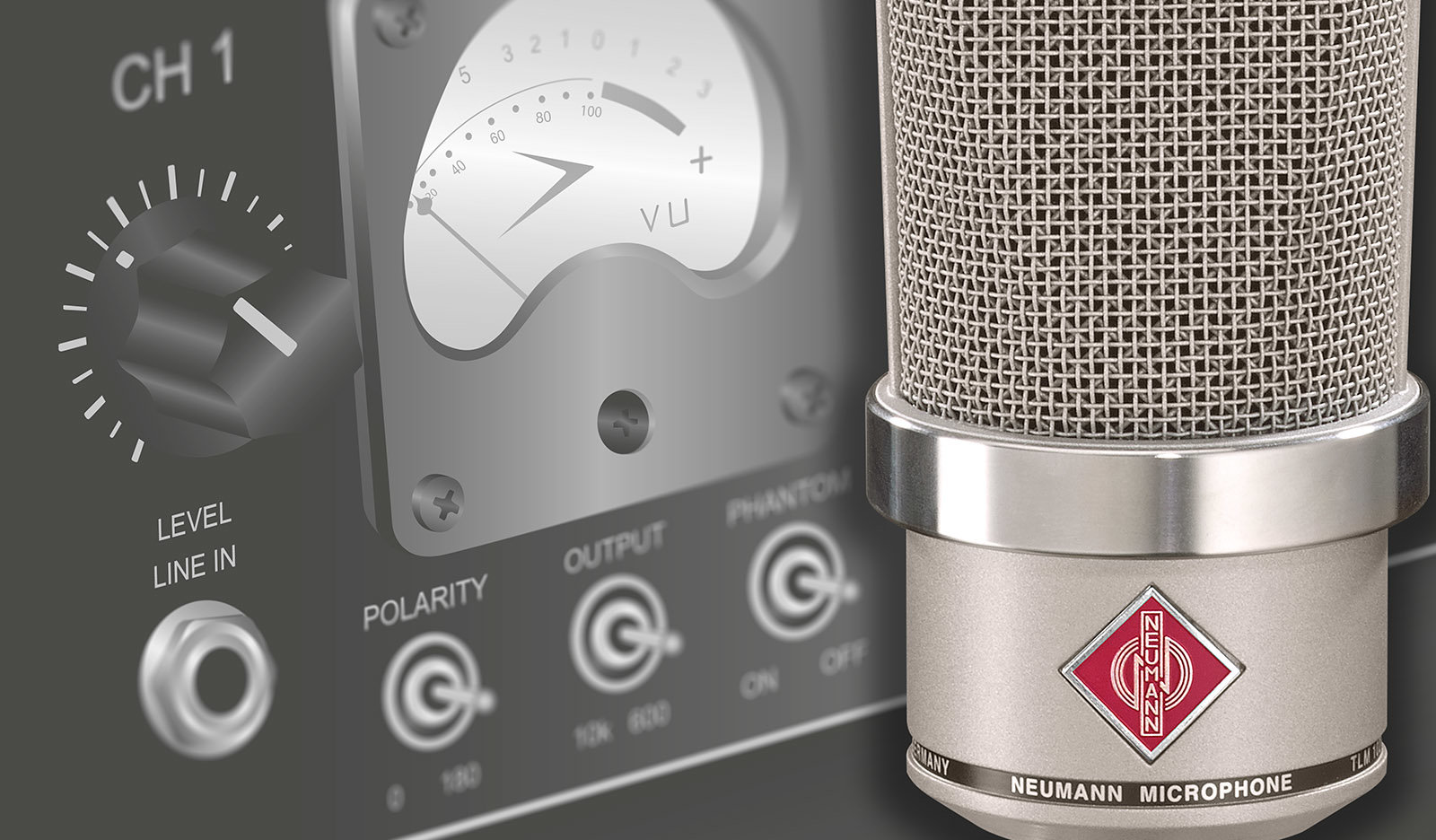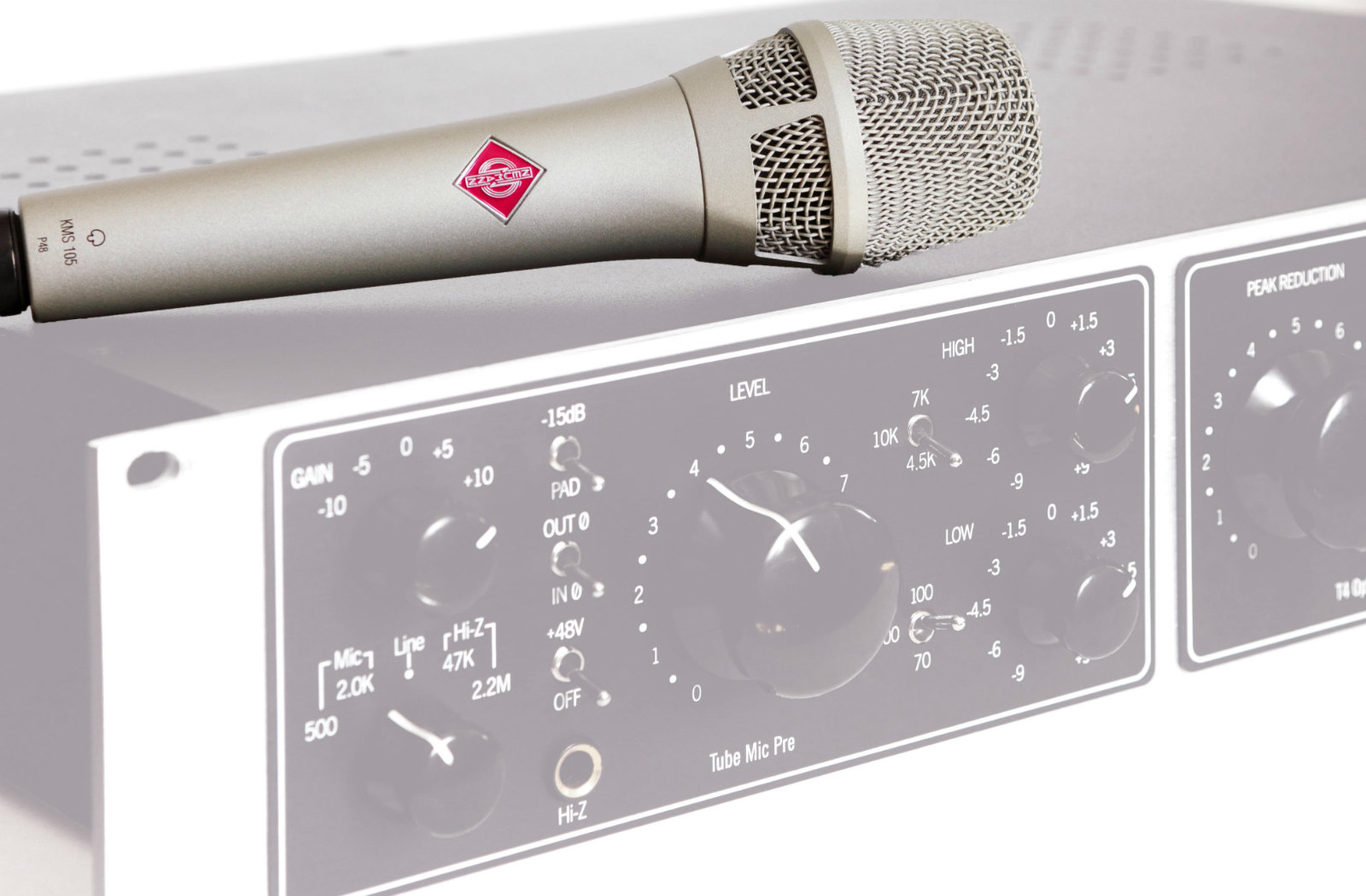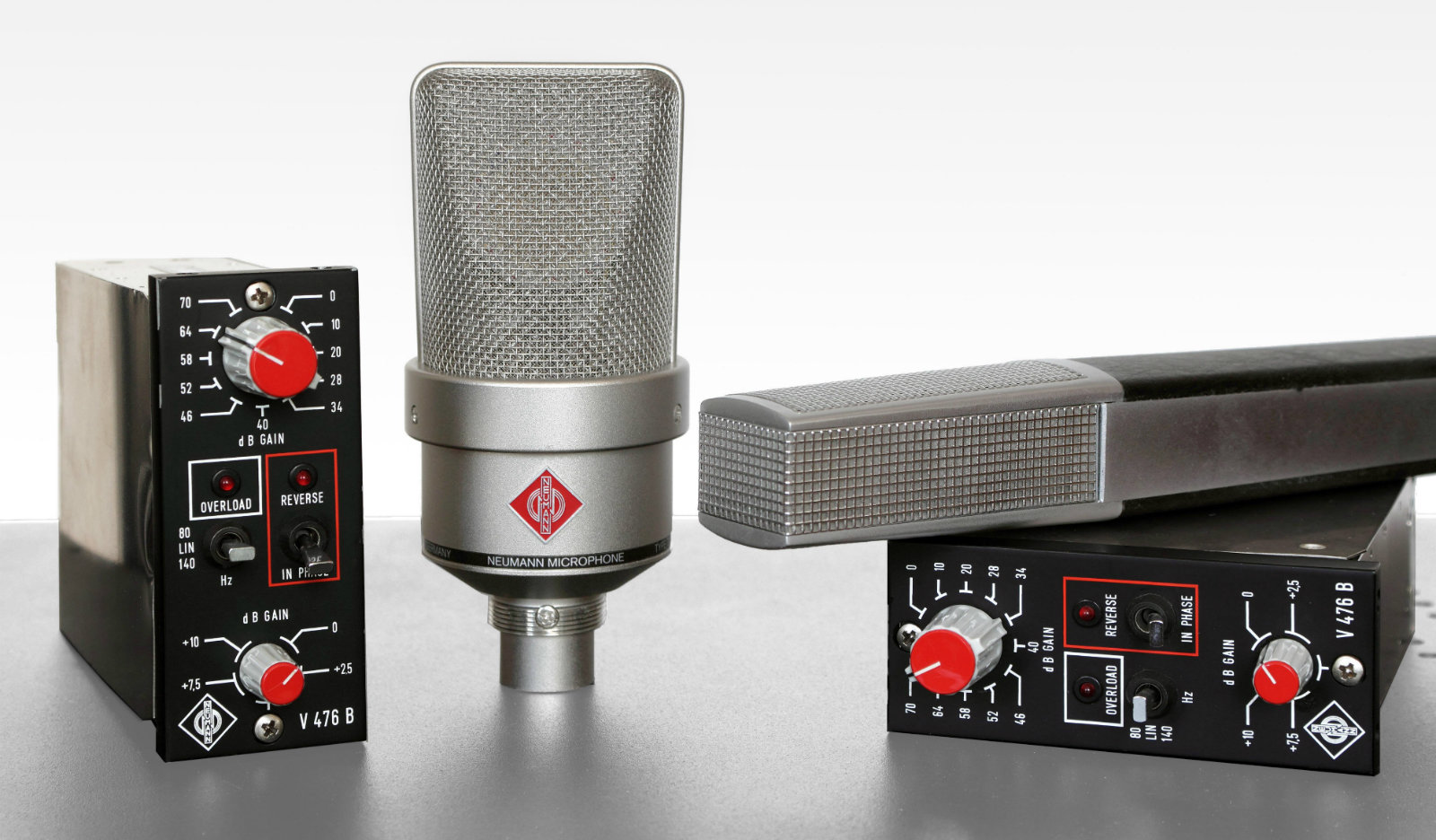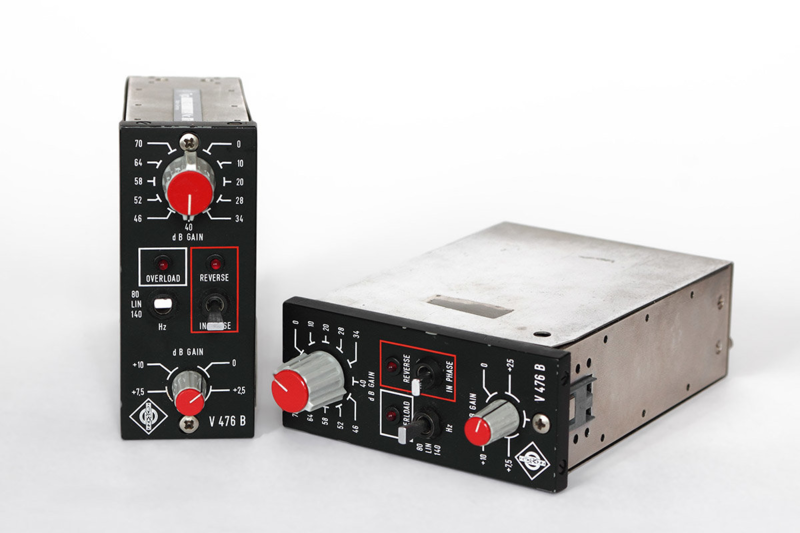WHY DO I NEED A PREAMP?
Everybody talks about preamps, but can’t you just plug your mics, synths, and guitars into your audio interface? Well, yes and no. Here’s why.
WHAT IS A PREAMP?
The word preamp can mean two things: a) the preamplifier circuit within any device b) a dedicated external device containing such a circuit. The purpose of a preamp is to amplify low level signals to line level, i.e. the “standard” operating level of your recording gear.
Microphone signals are usually way below the nominal operating level, so a lot of gain is required, usually around 30-60 dB, sometimes even more. Guitars and basses don’t require quite as much gain, but often around 20-30 dB. Even line sources such as synthesizers may require some amplification to match studio level, because there are various standards. The old standard for home audio and semiprofessional devices is (or was) -10 dBV while professional devices operate at +4 dBu (due to different voltage references, the difference is not 14 dB but roughly 12 dB). Today, even inexpensive home studio gear is usually designed for a nominal level of +4 dBu, but electronic instruments still often work at -10 dBV or thereabouts.
So you need a preamp for just about any sound source. But this doesn’t have to be an external device. Most audio interfaces already come with built-in preamps. And usually, they’re good enough to get you started. It’s worth noting, however, that somewhat more expensive audio interfaces come with much better preamps than entry level audio interfaces.
WHAT ARE THE BENEFITS OF A DEDICATED EXTERNAL PREAMP?
At a later point, you may want to add an external preamp to your home studio setup. But what exactly are the advantages over your audio interface’s built-in preamps?
- Better sound quality: This becomes most evident at higher gain settings. While simple preamp circuits often sound fine up to gains of about 40-50 dB, the sound becomes increasingly “veiled” once you dial in more gain, e.g. for low output dynamic microphones. High quality external preamps are equipped with more sophisticated circuitry that retains full transparency even at their highest gain settings.
- More gain: The built-in preamps of an audio interface rarely offer more than 60 dB gain, often less. Low output dynamic mics, such as ribbons, may require up to 70 dB, sometimes even more.
- Lower noise: Some internal preamps are actually quite low noise, already, but if you record very quiet sources and/or use low output microphones (such as ribbon mics), you may benefit from an external preamp. Check the data sheet for the “equivalent input noise” (E.I.N.) figure: -129 dBu is about as good as is physically possible (with a source impedance of 200 ohms; some manufacturers measure with the input shorted, which gives – seemingly – better figures). -127 dBu is still pretty good, but anything above is not likely an improvement over your audio interface’s internal preamps.
- A special sound character: This is perhaps the most common reason to buy an external preamp. The built-in preamps of audio interfaces usually sound fairly clean and transparent, but if you fancy a special flavor, e.g. a slightly “dirty” 60s style tube sound or the smooth “vintage” sound of an 70s style transistor device, you can only get it from an external preamp.
- Additional features: The built-in preamps of audio interfaces usually come with a basic feature set, but often lack some of the more sophisticated features you typically find on an external preamp, such as phase reverse, low cut or pad switches. Read more about such functions and what they’re good for in our next tutorial “What Are the Basic Functions and Features of a Preamp?”
SO, SHOULD YOU GET AN EXTERNAL PREAMP?
If you’re only starting out, forget about an external preamp. Instead, get a slightly more expensive audio interface with decent built-in preamps. An external preamp may improve your sound quality significantly, if you work with low output dynamic microphones, including ribbons. With high output condenser mics, an external preamp makes less of a difference.
Bottom line: An external preamp is a great second step to improve your sound quality or to obtain more sound variety, but don’t make the second step before you’ve made the first. You can make great recordings with just your audio interface’s internal preamps and one or two high quality condenser mics.

Preamps (2)
What are the Basic Features and Functions of a Preamp?

Preamps (3)
How To Set Up Your Preamp

Preamps (4)
Will a Better Preamp Give You Lower Noise?


